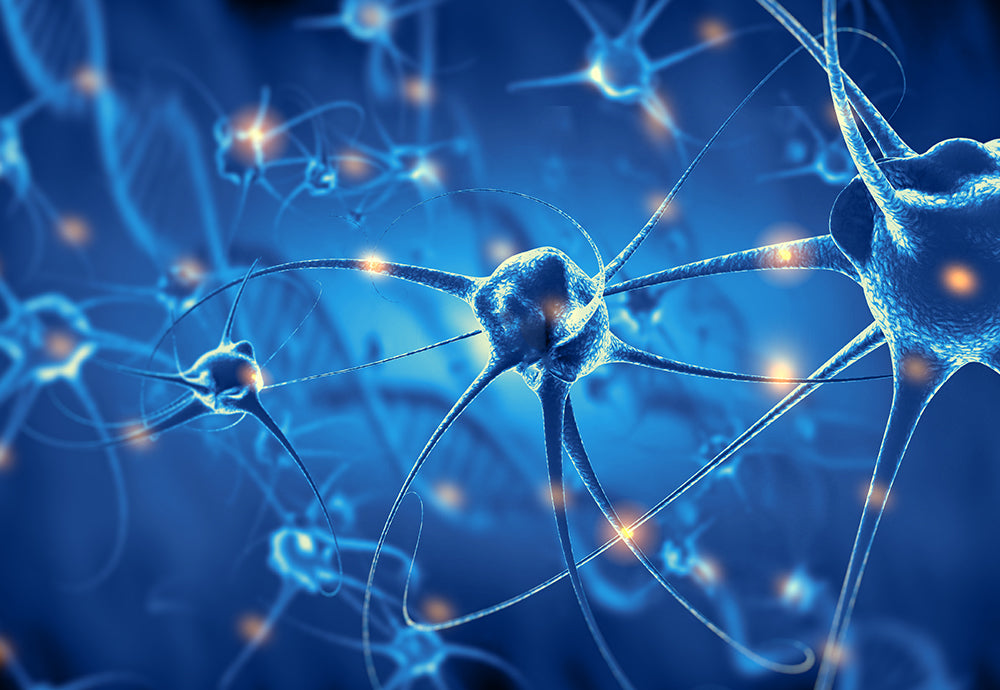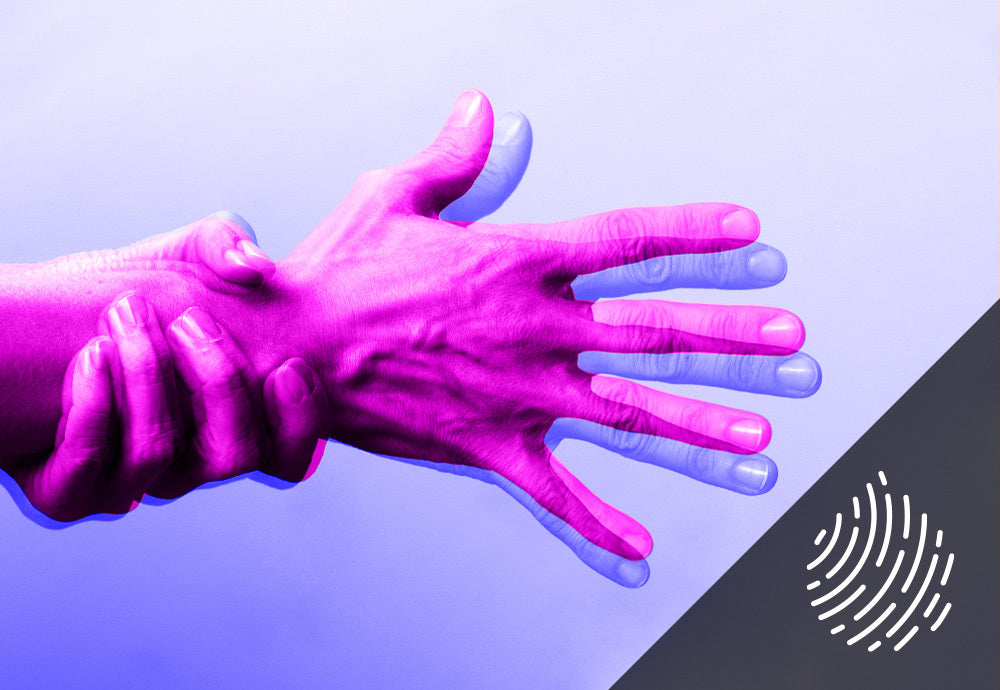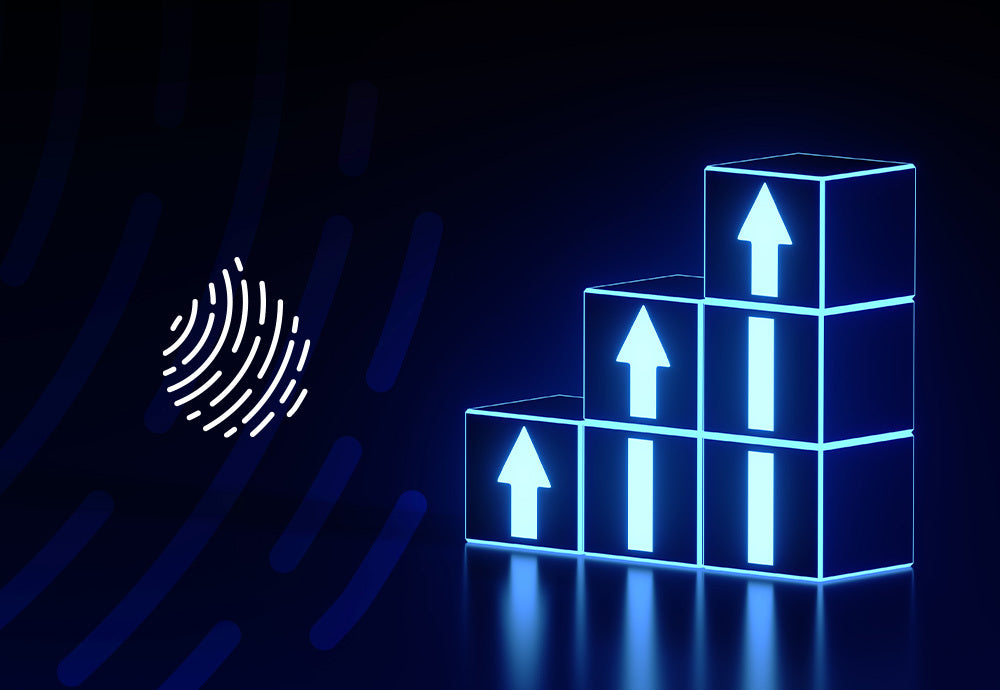Your Cart is Empty
FREE SHIPPING ON ORDERS $70+ | SATISFACTION GUARANTEED
Did you ever wonder why CBD can be so helpful? Or how, exactly, it works its wonders? Well, if these imponderables are skipping through your consciousness, this is the post for you.
We’ll take a look at what CBD is doing once it’s in your system. You’ll learn how CBD acts upon your brain and body to achieve various results. So…all good stuff that’s super useful for any and all CBD users and enthusiasts to know.
You’re probably somewhat knowledgeable about CBD from personal use or hearing about it in the media. Even so, let’s indulge in a little recap. Just in case you think CBD stands for Central Business District here. (It doesn’t.)
Cannabis contains hundreds of substances, including ones called cannabinoids. Cannabidiol, aka CBD, and tetrahydrocannabinol, aka THC, are two of the more well-known cannabinoids.
CBD can be derived from hemp or marijuana, which are both varieties of the Cannabis sativa L. plant. Hemp (sometimes called industrial hemp) is generally rich in CBD and low in THC. Conversely, marijuana is known for its high THC levels. It still has CBD, just in smaller proportions than hemp CBD.
THC is known for its euphoric effects — that “high” sensation. CBD, on the other hand, doesn’t have any psychoactive impact. It’s often associated with a “calming” feeling.
This is a 30K-foot-level view of what CBD is. If you want a deeper dive, check out:

CBD’s been used therapeutically for millennia. People learned to harness its powerhouse properties to help alleviate a wide-ranging list of health and wellness issues. And we continue to do this today.
Moreover, it seems that many modern consumers are trying to be really conscientious with their self-care choices. They’re selecting more natural approaches to treating their aches and pains. Others are eager to add “complementary and alternative” treatments into their traditional care plans. CBD is a perfect fit for this holistic ideology.
OK, that CBD comes from an earth plant versus a pharmaceutical manufacturing plant is definitely a plus to a lot of folks. But, what about how it could relieve a bevy of biological burdens? Here’s an overview of CBD’s benefits:
CBD can do a bod good! It’s been enlisted to combat everything from occasional cramps and complaints to ongoing or debilitating disorders. Here are some of the more notable corporeal concerns:
Sometimes what doesn’t ail the body can be just as bothersome, or perhaps more so. People have turned to CBD for help with the following emotional and psychological conditions:
Whew! Those are some lengthy lists! In fact, that’s such a broad and deep roundup of health conditions, it might seem impossible that one tiny cannabinoid could address them all.
But, if you take a gander at what’s going on inside, you’ll find that many of these ailments share some commonalities. Many of these health concerns relate to problems with the immune system, inflammation, or the signals between your body and brain.
A growing body of research and anecdotal evidence suggests that CBD is:

It’s only in recent years that CBD’s been moving from the realm of [just] a folk remedy to a science-backed medicine and supplement. You may want to don your science hat or lab coat for a quick minute or three — we’re going to go more than skin deep on this. How else are ya going to know WTH’s happening when you consume that CBD?!
Inside your body — whether you use CBD or not — you have what’s called the endocannabinoid system (ECS). This system what converts those CBD tinctures, CBD gummies, CBD creams, and all your other CBD oil products into therapeutic agents for your mind and body.
Discovered in the 1990s — during the early days of THC research — the ECS is a cellular-messaging network (no, NOT like a mobile phone company!). It’s like one of the old-timey telephone switchboards. Instead of eavesdropping operators transferring calls with a dizzying number of switches, though, it uses endocannabinoids, enzymes, and receptors to relay the signals. These signals tell the body to respond in certain ways.
Endocannabinoids, aka endogenous cannabinoids, are miniscule chemical compounds that facilitate your body’s internal functioning. Your body makes endocannabinoids on demand when you need them.
These molecules are structurally and functionally similar to cannabinoids. The big dif? Cannabinoids come from outside your body — from cannabis you’ve consumed.
We still don’t know much about endocannabinoids. However, to date, researchers have found two main endocannabinoids — anandamide (AEA) and 2-arachidonoylglyerol (2-AG). Experts are also trying to determine what “normal” levels of endocannabinoids are.
Enzymes are proteins that trigger or facilitate chemical reactions. ECS enzymes produce new and destroy used/unneeded endocannabinoids. The enzymes also transform cannabinoids — like CBD —so that your body can further utilize them. Fatty acid amide hydrolase and monoacylglycerol acid lipase are the primary enzymes of the ECS.
Receptors are, well, just what they sound like — things that receive something. In the case of the ECS, the cannabinoid receptors interact with endocannabinoids and cannabinoids. You have these receptors throughout your body.
The current thinking is that the enzymes change endocannabinoids and cannabinoids so that they can bond with or influence the receptors. The combined impact of the cannabinoids and endocannabinoids on the receptors tells the brain what to do. This is how CBD sends its message to the mind and body to create all those health and wellness benefits.

It’s worth noting a few other ways that CBD gets into your internal nooks and crannies or works its wonders while there.
CBD has been used for ages because it can provide a wide range of physical and mental health benefits. It’s been used to help treat everything from chronic pain to cancer to anxiety.
Scientific study of how CBD interacts with the body is relatively new — but ever expanding. However, current research suggests that CBD works through the endocannabinoid system (ECS). The ECS is composed of endocannabinoids, enzymes, and receptors. Together, with cannabinoids, they can prompt bodily responses that produce CBD’s therapeutic effects.

The cannabis compound CBD has been popping up in Parkinson’s disease (PD) therapy and prevention conversations, propelled by success stories from p...
Read More
CBD is one of the most popular supplements on the market today. But you're a savvy consumer. You know just because something is popular doesn’t mea...
Read More
You know delta-8 as "weed-lite" or the "chillest of the cannabinoids." But what about all the potential health benefits of this unique compound? Wh...
Read More